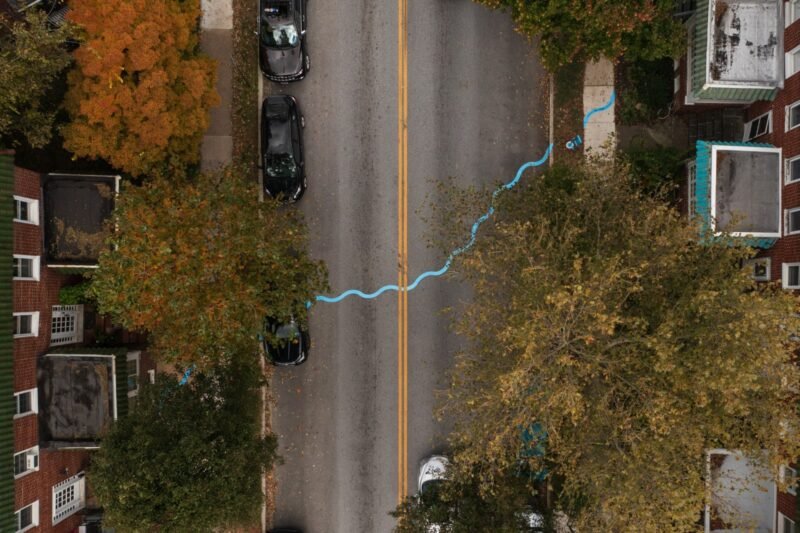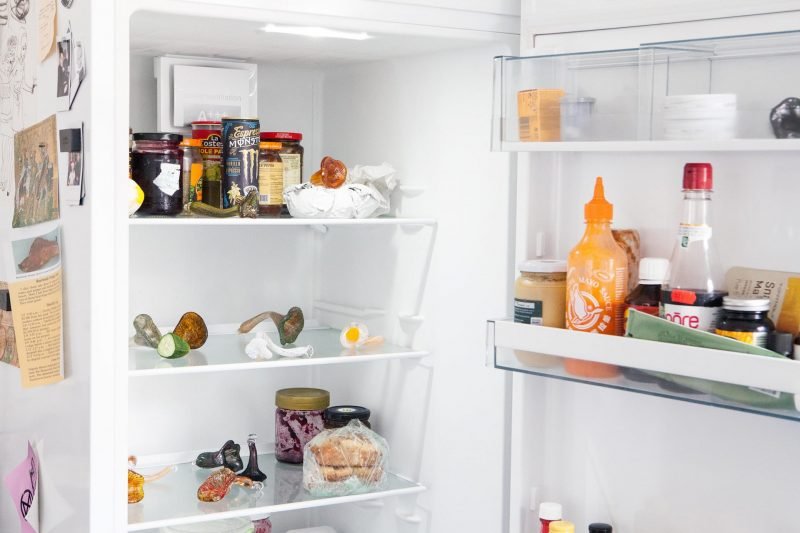How To Democratize Art
How many times have we heard that art is far from people’s lives, that is something extraneous to the real world? Unfortunately, too much. How can we get people closer to it, making it easy and friendly? Although being difficult, there are a pair of nice examples…

Does anyone remember the old, american-style cigarette machines? Well, it is not time yet to dismiss them. Back in 1997, in the town of Winston-Salem, in North Carolina, the artist Clark Whittington used a recently banned machine and refurbished it into an art dispenser. He was organizing a solo show into a local café and decided to turn the vending machine into a miniature mobile gallery to sell his black and white photographs for $ 1.00 each. The project, which took the name of Art-o-Mat, currently regards 90 machines all around the U.S. and also in some other countries like Canada, Great Britain and Austria, dispensing small paintings, sculptures or photographs. The project involves 400 artists and is open to everyone who wants to participate and sell his artworks at affordable prices (every piece obviously must follow a standard size — a pack of cigarettes — in order to be included in the vending machine). With the help of some other local artists, Whittington formed the organization Artist in Cellophane, which sponsors and promotes the project.
“Art*o*mat® is based on the concept of taking art and “repackaging” it to make it part of our daily lives. The mission of A.I.C. is to encourage art consumption by combining the worlds of art and commerce in an innovative form. A.I.C believes that art should be progressive, yet personal and approachable. What better way to do this, than with a heavy cold steel machine?”

Another interesting intervention in the right direction to make art more accessible is Box-It. The project, not yet realized, is an idea of the Berlin-based urban intervention collective Stiftung Freizeit, whose work we recently showed here. Box-It is at the same time a new piece of urban furniture and an art gallery placed on the street. It consists of a series of boxes of different sizes, placed on top of each other, creating a sort of display cabinet. Each box has a transparent façade and can be rented by anyone as a temporary space to show his own artworks. Inside, there are a light and a display where the author can type in some information about his own project. Thanks to a ‘like button’ in each box passers-by can interact with the installation and vote for the artwork they prefer.
“In our every day more abstract communication surroundings, Box-It proposes a return to tangible and concrete reality, believing in the poetics of the object and the force of its presence. This installation, ever changing, has the ability to surprise and intrigue the passer-by, who becomes more active. Citizens have to go see, surround, discover.”

This project allows everyone to have a personal show displayed in public space, without necessarily involving a selective filter driven by market or fashion rules. The two examples are quite different from each other, but both are trying to remove some of the too many walls the art world is made of. In the first case Art-o-Mat creates a direct relationship between the audience and the artist’s work, without the necessary mediation of an art dealer. Box-It, on the other hand, bypasses the curatorial figure, giving the artist the possibility to directly choose his exhibition space and how to show his material without any form of censorship.



